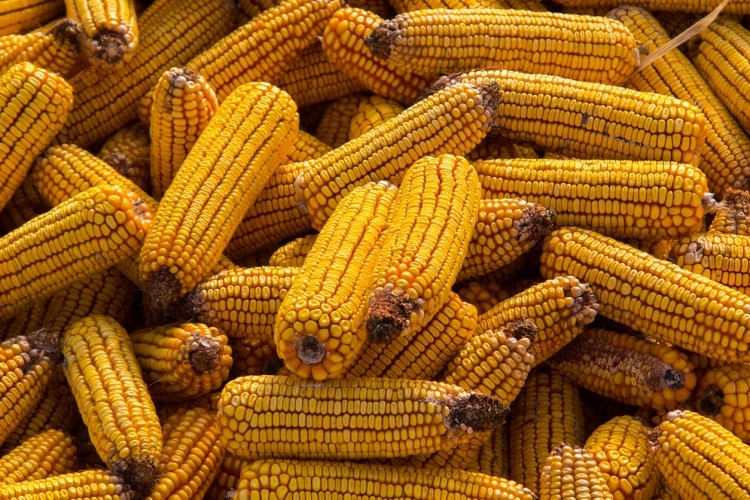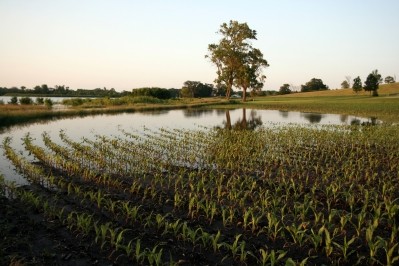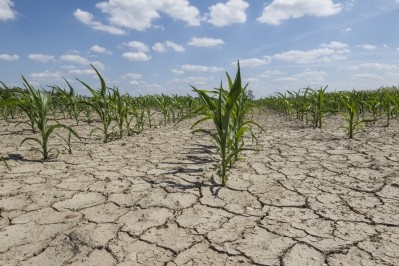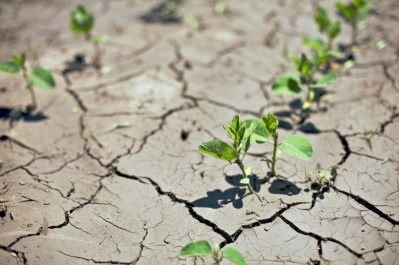Corn, wheat condition improve slightly while soy falls

Overall conditions scores for feed crops and details of crop progress were released Monday by the US Department of Agriculture (USDA).
Corn lags behind last year’s production rate while soybeans remain consistent, however corn condition has improved from previous weeks, the department said.
Given previous corn condition scores and concerns about ongoing drought conditions in some regions of the US there was an expectation that yield for the corn crop would drop, said Joseph Janzen, assistant professor of agricultural economics with Montana State University. However, when information on the expected yields were released by the USDA the production did not shrink as far as expected.
“People thought yield was going to be down more than it was,” he told us in a previous interview. “There are lots of pictures of sad looking corn crops, but USDA is trying to aggregate all of the data and they came back with a bigger number.”
There is, however, still time for the corn yield numbers to change given production conditions, he said.
Soy and corn
The majority of the corn crop has reached or passed the silking stage for the 18 states responsible for most of the crop, said the USDA. And many states are completing the corn dough stage – about 61%.
However, about 16% of the crop has reached the corn dented stage of production, which is behind last year’s pace and the multi-year average, the department said. Last year about 19% of the crop had completed that step by this point and, on average, 20% has.
Overall, condition for the corn crop continues to be behind results set last year, said the USDA. At this point last year about 74% of the crop earned a score of “good” or “excellent” and this year about 62% has – although results have improved from last week.
The majority of the soy crop has completed the blooming stage in the 18 states that produce most of the crop, the department said. Similarly, about 79% of the crop has reached the setting pod stage.
Production is proceeding slightly ahead of the average pace and that of last year, when 78% of the crop had reached that point, the department said.
However, crop condition continues to be below last year’s results, said the department. At this point in 2016, 72% of the crop earned good or excellent ratings and this year about 59% of the crop does.
Crop grades also fell from last week, the department said. At that point about 60% of the soybean crop was considered good or excellent.
Additionally, about 3% of the crop is considered “very poor” and 9% was rated “poor,” down from 2% and 5% ratings, respectively, last year.
Wheat records
The spring wheat crop likely will have some usable production from what was grown, said Janzen. However, not much will be harvested in some parts of the northern plains.
“In Montana, in general we’re not going to have a lot of bushels for any use,” he said. “The crop quality [last week] said we were at 9% good to excellent, so some of the crop will be worth putting into the food market, but where you have areas that are badly hit by drought, the wheat isn’t going to get harvested.”
The majority of the winter wheat crop has been harvested at this point, said the USDA. About 97% has been collected, which is in keeping with last year’s pace.
Harvest for the spring wheat crop also has started, with about 40% of the crop being collected at this point, said the department.
Overall, condition reported for this year’s spring wheat crop offered a combined good and excellent score to 33% of the crop in comparison to the 66% that garnered that rating last year, the department said. Additionally, 24% of the overall crop is considered very poor.
However, crop results were slightly ahead of last week’s return, which had about 32% listed as good or excellent, the department said.
On a state-by-state basis, the crops in Montana and South Dakota appear to have seen the most trouble, the department said. In Montana 11% of the crop earned a good or excellent rating and 46% was very poor, while in South Dakota results were 8% and 41%, respectively.












